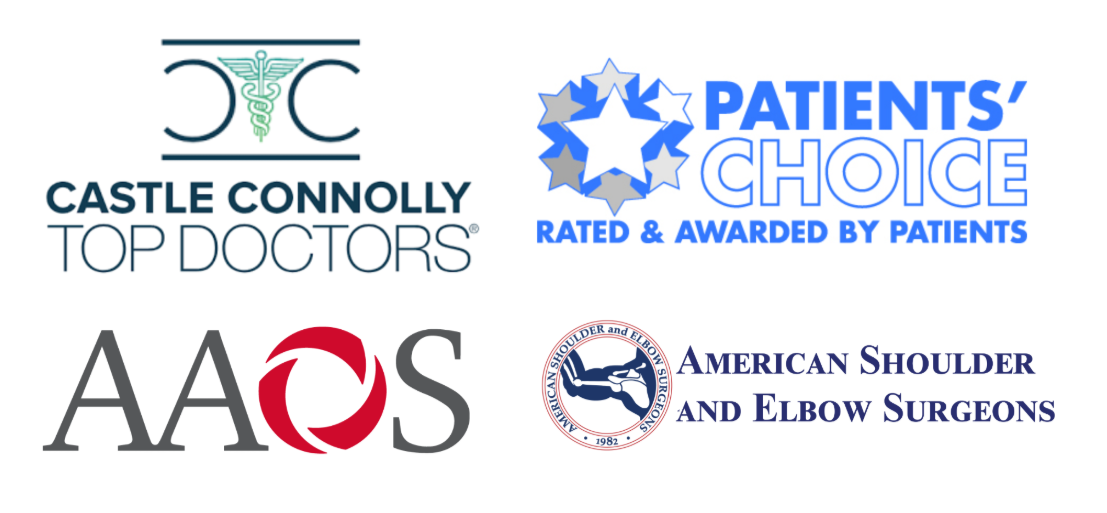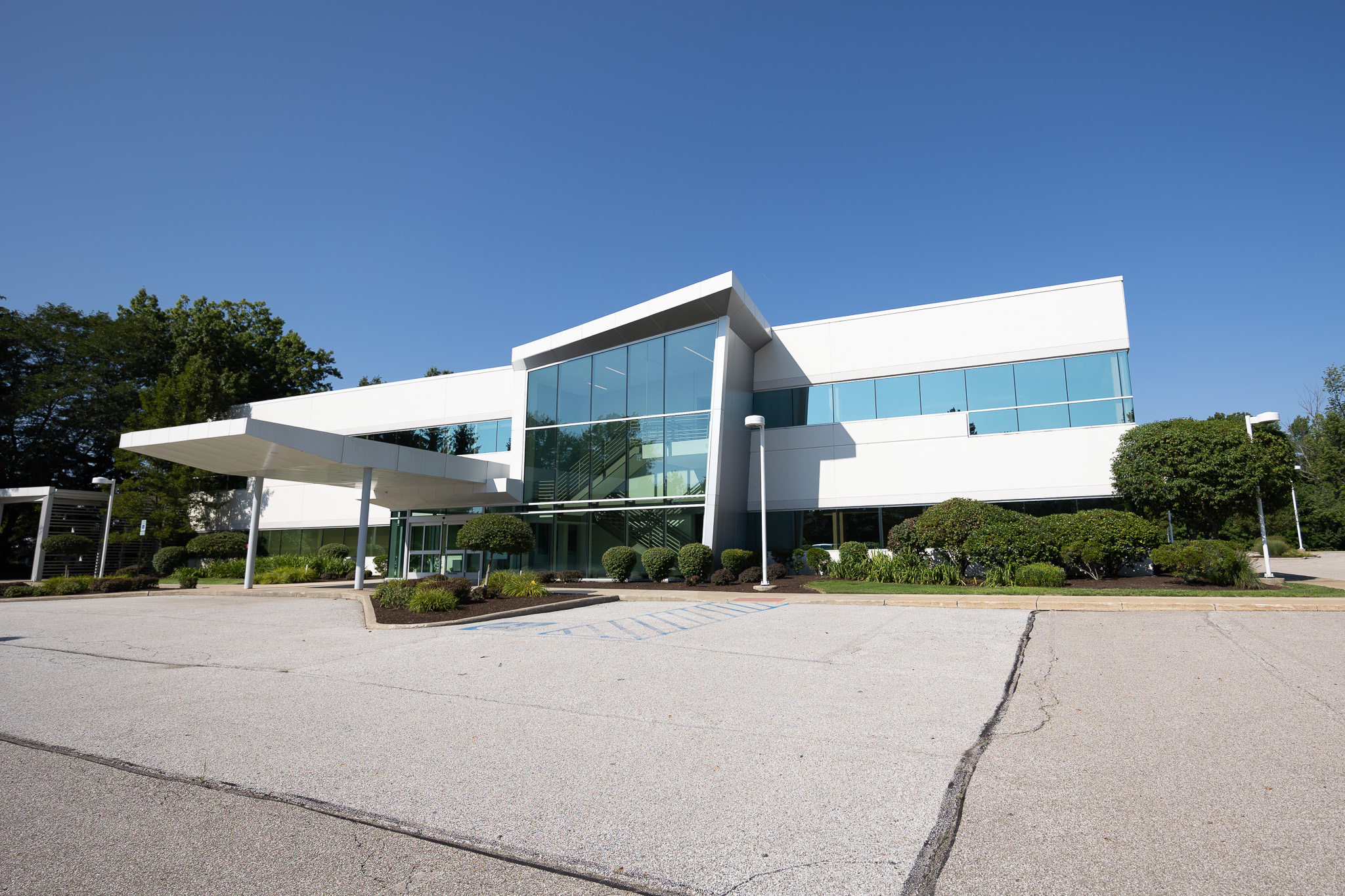Common Biologic Shoulder Resurfacing Symptoms & Causes

Candidates for arthroscopic biologic total shoulder resurfacing experience end-stage or late osteoarthritis symptoms including severe shoulder pain that limits daily activities, progressive joint stiffness restricting range of motion, pain worsening with activity and at night, grinding or catching sensations in the shoulder, and failed conservative treatments including physical therapy, anti-inflammatory medications, and activity modification. The procedure addresses symptomatic osteoarthritis where cartilage has worn away, causing bone-on-bone contact. It's particularly suited for younger patients (typically under 60) seeking biologic solutions that preserve bone and avoid metal implants.
Schedule Your ConsultationWho's a Candidate for Biologic Shoulder Resurfacing?
This innovative procedure isn't suitable for all arthritis patients. Careful candidate selection ensures optimal outcomes and realistic expectations:
Age and Activity Level
+Ideal candidates are younger patients (typically 40-60 years old) with high activity demands who want to avoid traditional metal and plastic implants. Active individuals seeking long-term solutions that preserve bone stock and maintain biologic tissue benefit most from this approach.
Failed Conservative Treatment
+Candidates must have exhausted non-surgical options including physical therapy, oral anti-inflammatories, activity modification, and corticosteroid injections over adequate time periods. The natural progression of osteoarthritis typically indicates when conservative measures have failed and operative intervention becomes necessary.
Osteoarthritis Stage and Pattern
+Patients with symptomatic late-stage osteoarthritis affecting both humeral head and glenoid surfaces are candidates. Isolated cartilage defects or early arthritis may benefit from other procedures. Advanced imaging confirms cartilage loss pattern and bone quality suitable for cartilage-bone transplantation.
Patient Health and Commitment
+Candidates must be healthy enough for surgery, non-smokers or willing to quit, and committed to post-operative rehabilitation protocols. Understanding this is a newer procedure without decades of long-term data is essential. Patients accept the possibility of graft non-incorporation requiring revision surgery.
Preparing for Biologic Shoulder Resurfacing

Proper preparation optimizes surgical outcomes and graft incorporation. Complete all pre-operative medical clearance and laboratory testing. Stop smoking at least 6-8 weeks before surgery—smoking significantly impairs cartilage healing and graft incorporation. Optimize nutritional status with adequate protein intake. Discontinue anti-inflammatory medications as directed to support healing. Arrange transportation and 24-48 hour post-operative assistance. Prepare your home for one-armed activities initially. Complete pre-operative physical therapy to maximize baseline motion and strength. Understand the procedure's innovative nature and realistic expectations—this technique is newer with ongoing clinical evaluation. Mental preparation for rehabilitation commitment and possibility of future revision surgery if graft doesn't incorporate is important.
How is Biologic Shoulder Resurfacing Performed?
The procedure begins with general anesthesia and nerve block. You're positioned in beach chair position. The surgeon creates small arthroscopic portals around the shoulder. An arthroscope (camera) provides magnified visualization on monitors. The procedure works through the rotator interval—the space between rotator cuff muscles—without cutting through any muscle tissue, a key advantage over conventional shoulder replacement.
The surgeon assesses cartilage damage on both humeral head (ball) and glenoid (socket). Damaged cartilage is carefully prepared. Fresh-frozen cadaver cartilage-bone transplants are sized and shaped to match your anatomy. The graft for the humeral head is inserted arthroscopically and secured. The glenoid surface is prepared and resurfaced with donor cartilage. Specialized fixation ensures graft stability. Minimal native bone is removed, preserving bone stock for potential future procedures if needed. A corticosteroid injection may be administered. The procedure takes 2-3 hours and is performed outpatient with same-day discharge.
What to Expect After Biologic Shoulder Resurfacing?
Recovery focuses on protecting grafts during incorporation while gradually restoring motion and strength. Graft incorporation takes months. Success requires strict adherence to protocols. Most patients achieve significant improvement within 6-12 months, though continued remodeling occurs for 18-24 months.
Immediate Post-Operative Period (Weeks 1-6)
+Nerve block provides initial pain control. Arm remains in sling for 4-6 weeks protecting grafts. Gentle passive range of motion exercises begin early under therapist supervision. Ice and pain medication manage discomfort. No active motion or strengthening during this critical graft incorporation phase.
Early Active Motion Phase (Weeks 6-12)
+Sling discontinued once healing confirmed. Active-assisted exercises progress to active motion. Physical therapy emphasizes regaining range of motion without stressing healing grafts. Light functional activities gradually resume. Driving resumes once off narcotics and motion adequate. No lifting or resistance training yet.
Strengthening Phase (Months 3-6)
+Progressive strengthening begins with resistance bands and light weights. Exercises rebuild rotator cuff strength, scapular stability, and shoulder endurance. Functional activities expand. Most daily living activities resume. Return to non-impact sports may begin with surgeon clearance based on graft
Return to Full Activity (Months 6-12)
+Full return to activities including sports and physical work occurs gradually between 6-12 months based on individual healing and graft incorporation. Continued strengthening and maintenance exercises are lifelong. Regular follow-up with imaging monitors graft incorporation and cartilage health over time.
Arthroscopic Biologic Shoulder Resurfacing Surgery in Cleveland, Ohio

Cleveland Shoulder Institute is at the forefront of biologic shoulder resurfacing innovation. Dr. Gobezie developed this arthroscopic technique in partnership with Arthrex, Inc., and performs the procedure on carefully selected patients. We utilize state-of-the-art arthroscopic equipment, high-definition imaging systems, and specialized instrumentation designed specifically for this procedure.
Our comprehensive approach includes thorough pre-operative evaluation to ensure candidacy, detailed patient education about this innovative procedure, expert surgical technique, and structured rehabilitation protocols. We coordinate with specialized physical therapists experienced in biologic resurfacing recovery. Surgery is performed at accredited ambulatory surgery centers with experienced teams. We're currently conducting clinical studies evaluating long-term outcomes. Located in Cleveland with convenient scheduling and extensive consultation time to discuss this procedure's benefits, risks, and realistic expectations.
Schedule Your ConsultationMeet our Arthroscopic Biologic Shoulder Resurfacing Team

Dr. Gobezie is a fellowship-trained orthopedic surgeon specializing in complex shoulder reconstruction and innovative biologic procedures. He developed the arthroscopic biologic total shoulder resurfacing technique in partnership with Arthrex, Inc., and continues advancing the procedure through clinical research and technique refinement. His expertise in arthroscopic surgery and cartilage transplantation makes him uniquely qualified to perform this complex procedure.
Supporting Dr. Gobezie are board-certified anesthesiologists specializing in regional nerve blocks, certified surgical technologists trained in advanced arthroscopic instrumentation, and specialized physical therapists who understand the unique rehabilitation requirements of biologic grafts. Our research coordinators manage clinical studies tracking outcomes. This multidisciplinary team ensures optimal surgical technique, comprehensive patient education, and evidence-based rehabilitation. We're committed to advancing shoulder arthritis treatment through innovation while maintaining the highest safety and quality
What Our Patients Say About Biologic Shoulder Resurfacing
Real experiences from patients who chose biologic resurfacing for shoulder
""I was too young for traditional shoulder replacement and wanted to avoid metal implants. Dr. Gobezie explained this new procedure thoroughly. One year later, my shoulder feels great and I'm back to playing tennis. So grateful for this option.""
— Robert Chen
""The arthroscopic approach meant faster recovery than I expected. The hardest part was being patient during the healing process, but it was worth it. My shoulder pain is gone and I have excellent range of motion.""
— Patricia Walsh
""Dr. Gobezie's innovative approach gave me hope when I thought shoulder replacement was my only option. The recovery took commitment, but I'm thrilled with the results. My shoulder feels natural, not like I have hardware in there.""
— James Martinez
Arthroscopic Biologic Shoulder Resurfacing Frequently Asked Questions
What are the advantages of biologic resurfacing over traditional shoulder
+Biologic resurfacing offers several advantages: it's performed arthroscopically without cutting the rotator cuff, uses natural tissue instead of metal and plastic, removes minimal bone preserving options for future procedures, and may provide more natural shoulder function. However, it's a newer procedure without decades of long-term outcome data like traditional replacement.
What is the risk of the cartilage graft not taking?
+The main risk is graft non-incorporation, meaning the transplanted cartilage-bone doesn't successfully integrate. If this occurs, a second operation—likely traditional total shoulder replacement—may be needed to definitively treat the arthritis. Dr. Gobezie carefully screens candidates to optimize incorporation success rates.
How long does recovery take from biologic shoulder resurfacing?
+Initial recovery takes 6-12 weeks with sling protection and limited activities. Progressive strengthening occurs over 3-6 months. Full return to activities typically takes 6-12 months. Complete graft incorporation and remodeling continues for 18-24 months. Recovery requires patience and dedicated rehabilitation compliance.
Am I too young for traditional shoulder replacement?
+Traditional shoulder replacements have limited lifespans and typically require revision surgery after 15-20 years. Younger, active patients may outlive their implants. Biologic resurfacing offers an alternative that preserves bone, uses natural tissue, and maintains future surgical options if revision becomes necessary later.
Is this procedure experimental?
+Arthroscopic biologic total shoulder resurfacing is an innovative procedure developed by Dr. Gobezie that's currently being evaluated through clinical studies. While cartilage-bone transplantation has proven results in other joints, this specific arthroscopic shoulder technique is newer and doesn't have decades of long-term data. Candidates must understand and accept this.



